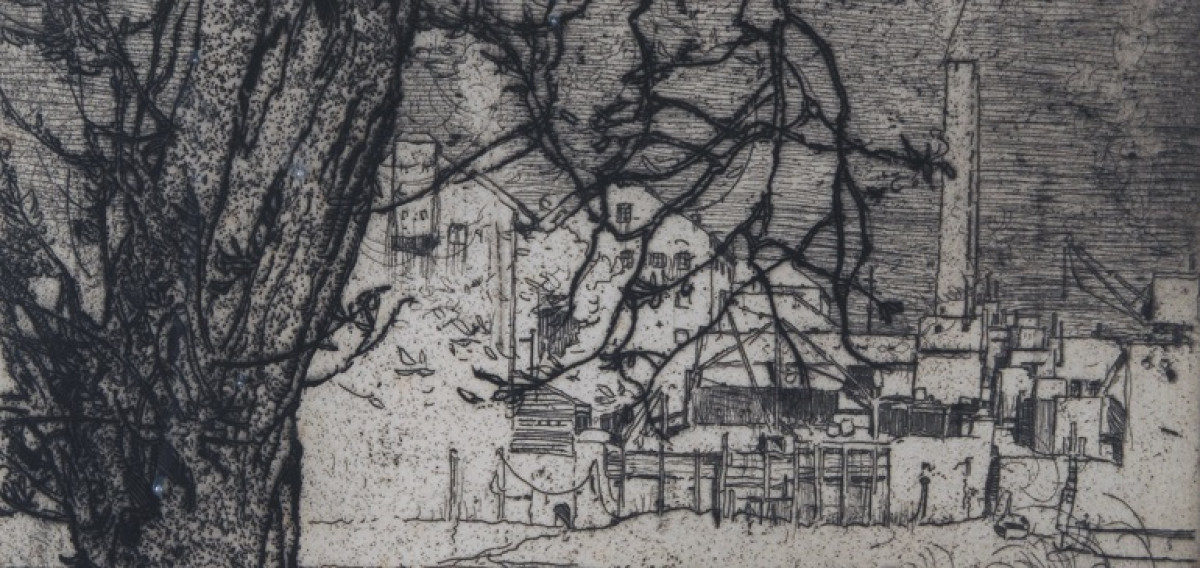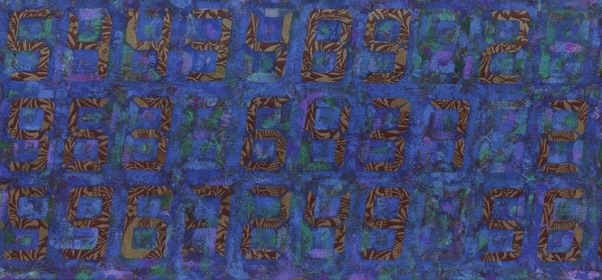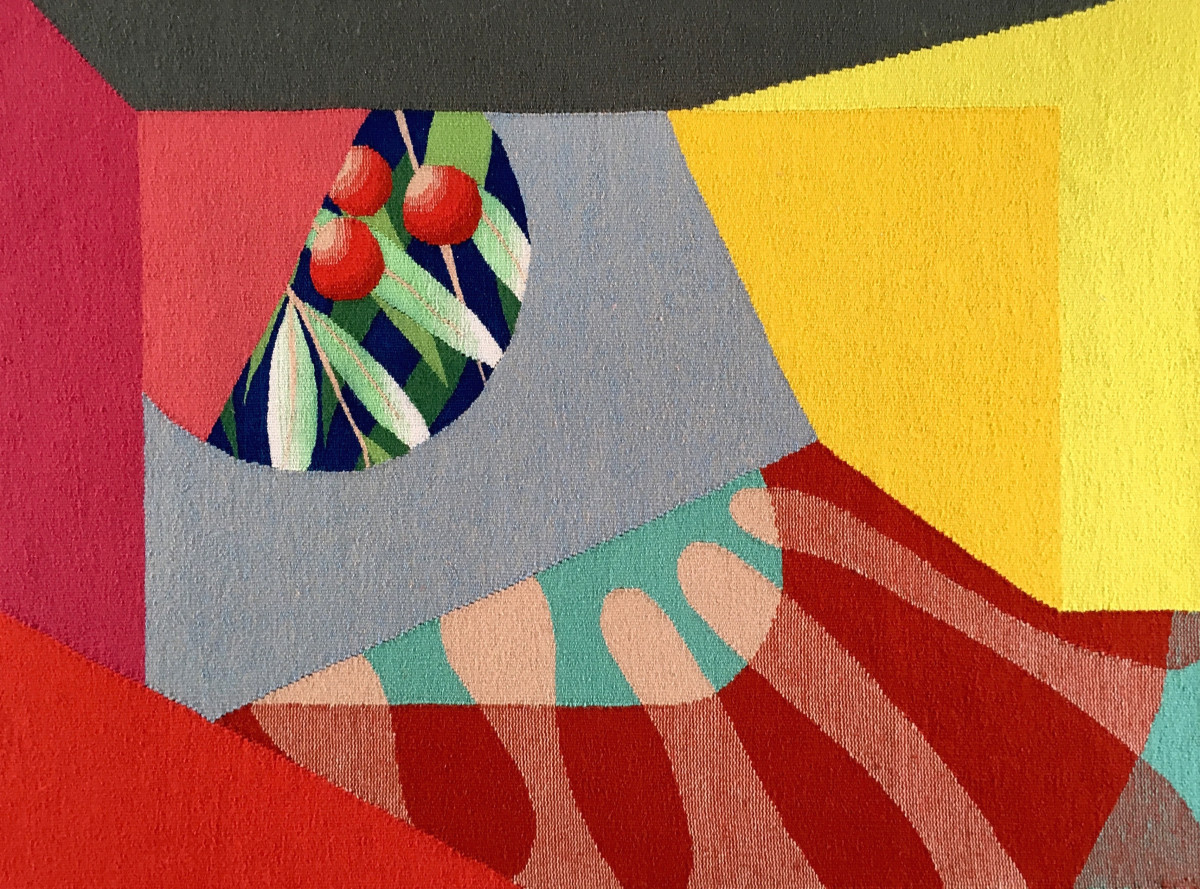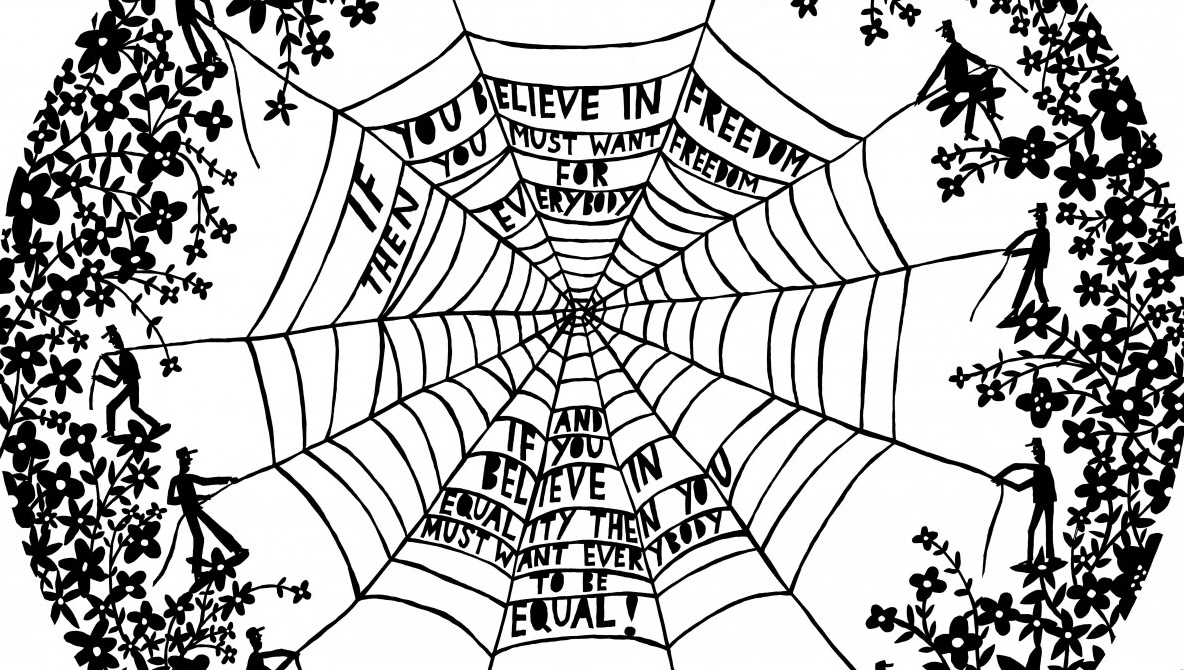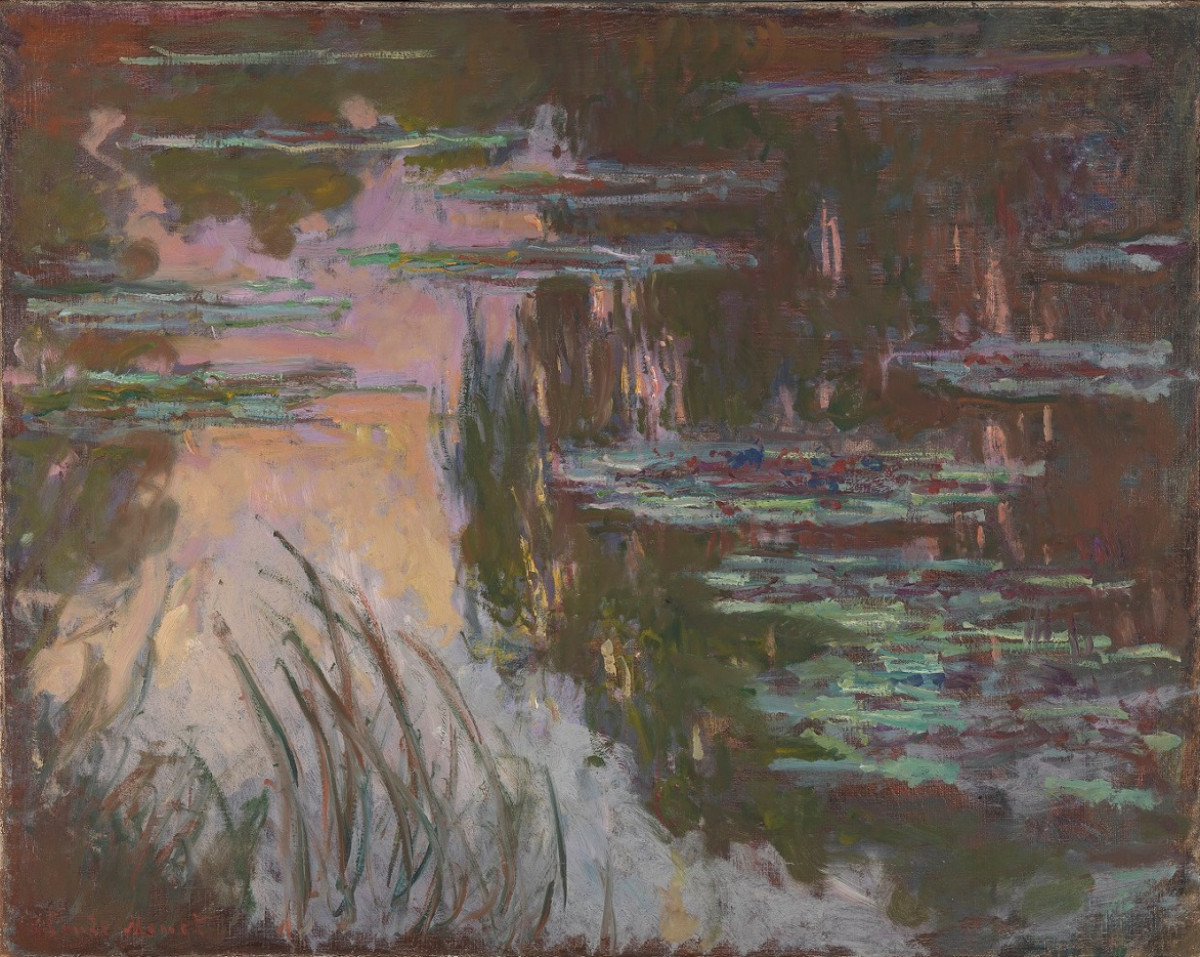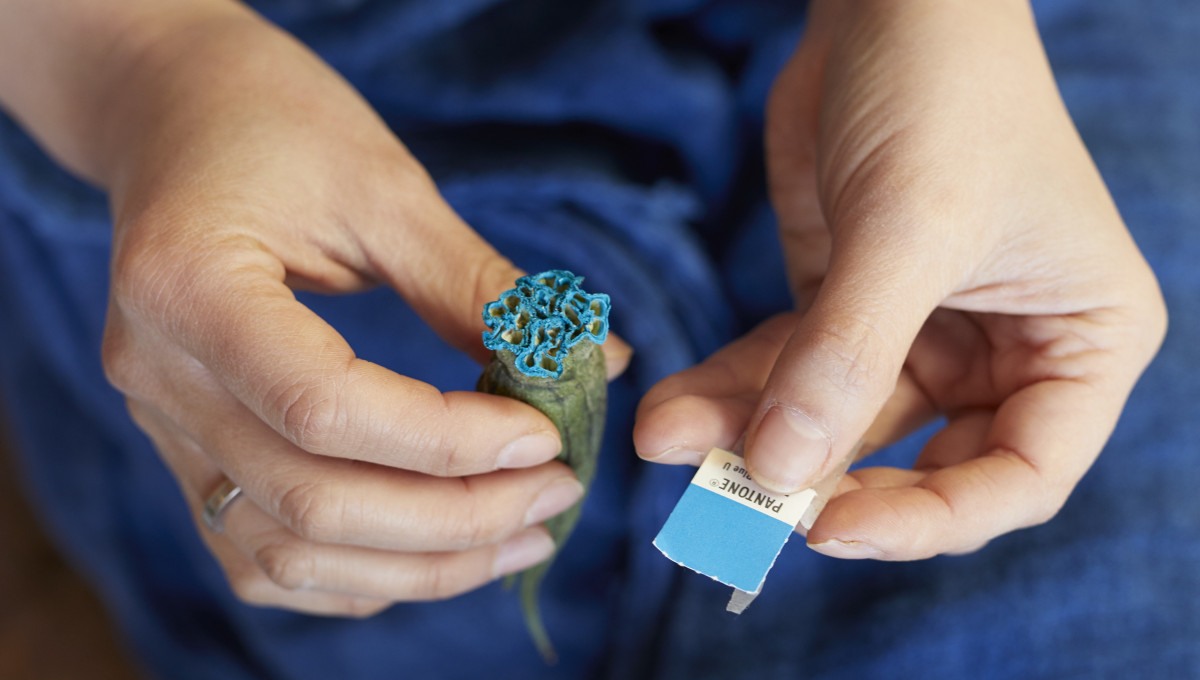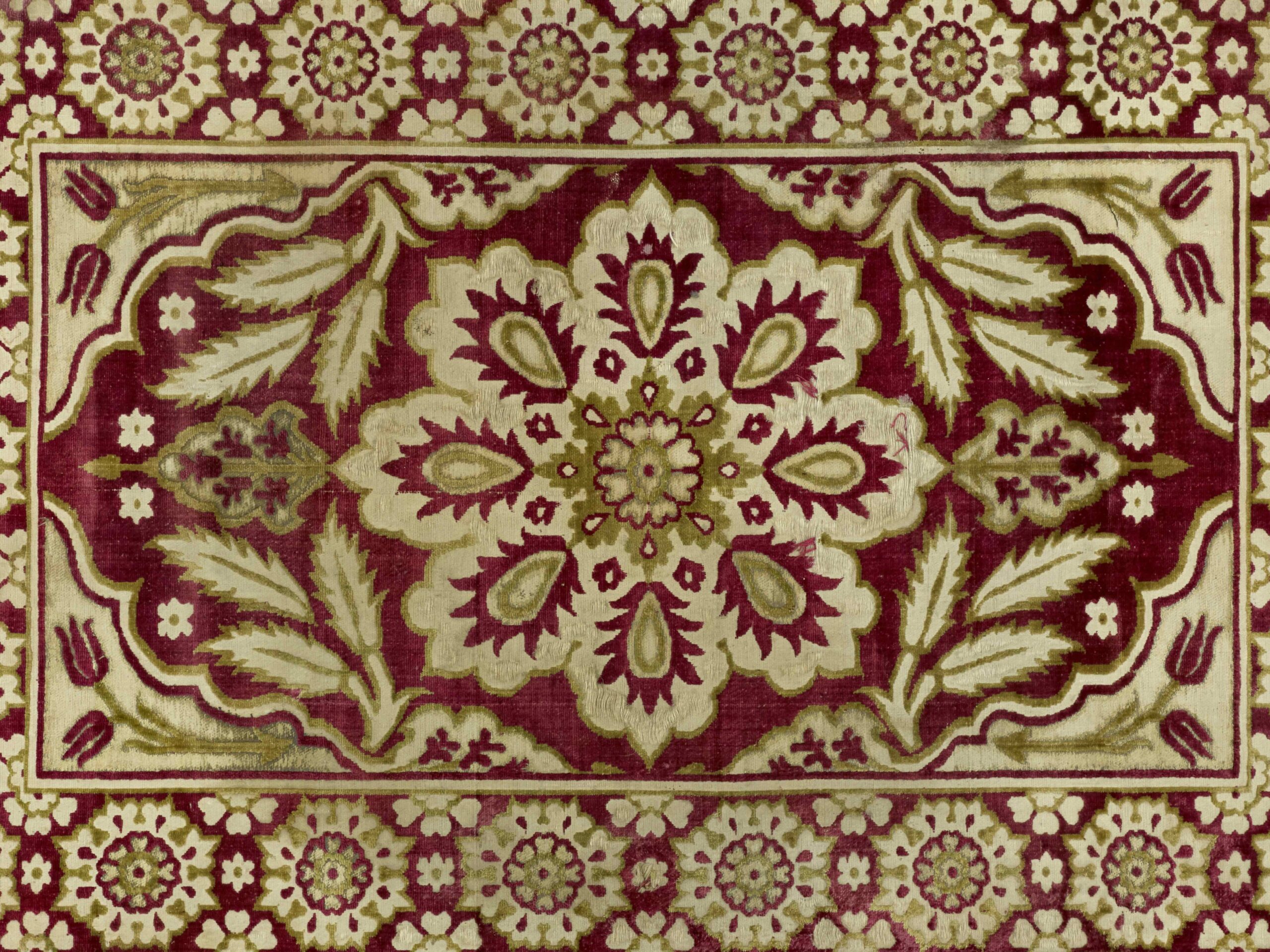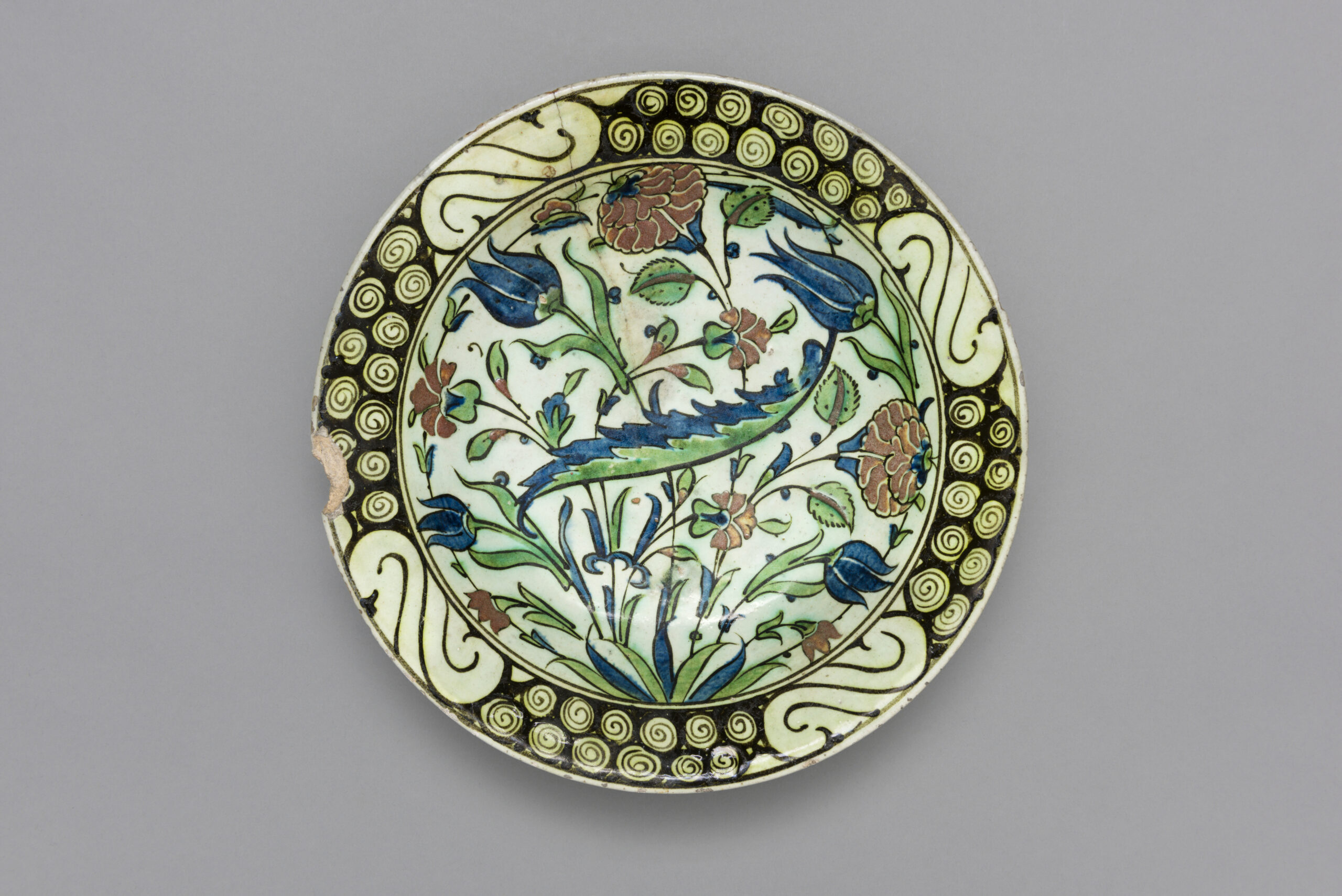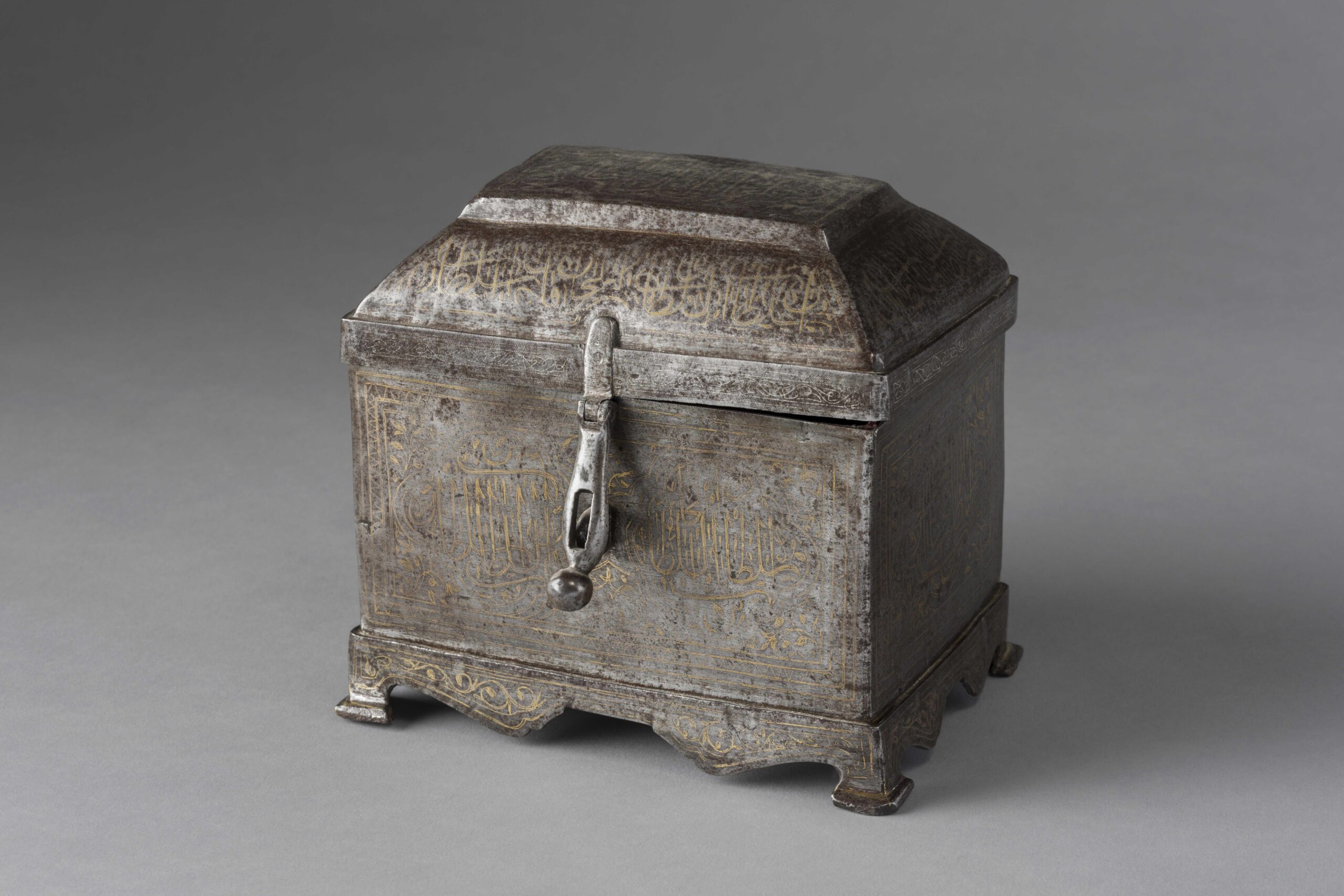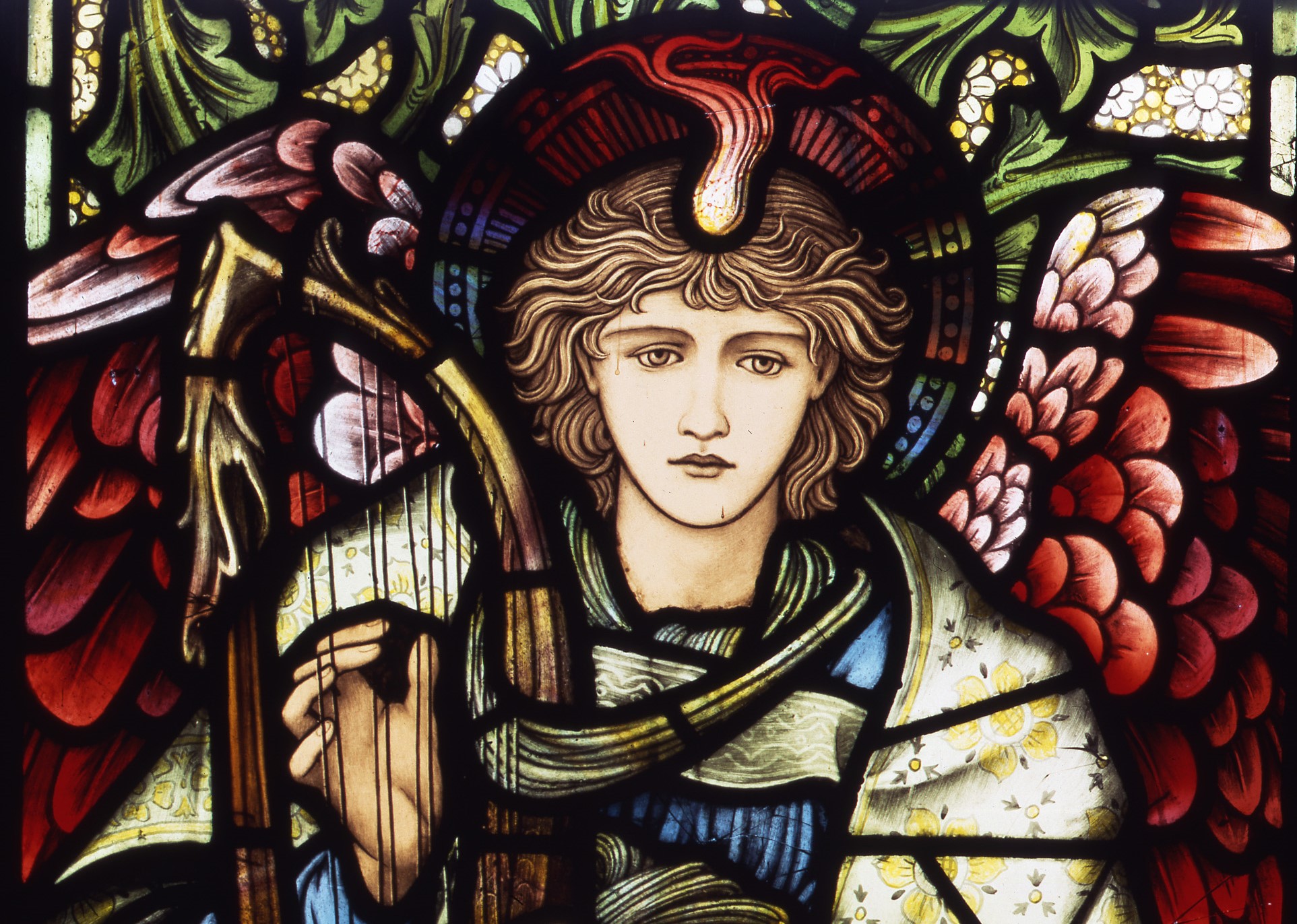Women artists from the UK, USA, Norway, Canada, New Zealand and Japan bring the traditional art form into the 21st century
Tapestries have always told stories. In this exhibition 16 women artists from the UK, USA, Norway, Canada, New Zealand and Japan weave the stories of our time: the possibilities, the hopes and lost chances.
Woven tapestry is formed from the most basic construction: using a loom, the maker forms a design through tightly packed horizontal threads (the weft), which cover vertical threads (the warp). To weave a tapestry is an intensely intimate act; the weaver must concentrate on tiny areas at a time, building shape upon shape of imagery, colour and narrative until the final, and usually large scale, work is completed. Historic examples of tapestry range across time, and across cultures, including the 4th or 5th century Coptic (Egyptian Christian) tapestries with their bold imagery, the highly complex early 16th century European tapestries telling the story of The Lady and The Unicorn, right up to the present day. In each historical instance, tapestry has always been used to tell stories of the time.
Using traditional hand woven tapestry techniques that connect us to the past, the artists included in ‘Weaving New Worlds’ have drawn on contemporary images and events, personal dreams and feelings, bringing the art form into the 21st century through their vibrancy and subject matter.
The tapestries range in subject matter, from reflections of rural mythologies, to floods and urban decay. The featured artists are notable for continually pushing the boundaries of their craft, and in some cases this is the first UK presentation of their work. Norwegian artist Mari Meen Halsøy has been working for the last eight years in Lebanon’s capital, Beirut, a city marked by violence and political unrest. For decades bombed buildings with countless bullet holes have stood as monuments to the ravages. Halsøy weaves, on site, patches for the ‘wounds’ of the buildings, as an act of metaphorical and actual healing. Her tapestry Snipers Room is exhibited here for the first time in the UK.
Also on display is British artist Pat Taylor’s portrait of Kim Jong-un, taken from her recent series of tapestry portraits. Preoccupation with physiognomy has been a constant theme in her work, stimulated by current and sometimes physically distant events. By using physiognomy as the linchpin, stories are expressed through the landscape of the subject’s face.
American artist Erin M. Riley will present a new work in this exhibition, reflecting a thematic change from her ‘Selfie’ series and the sexually explicit tapestries for which she is well known. Her work Head On references her childhood in which she grew up in a town in Cape Cod, Massachussetts, that had a markedly high rate of drunk driving accidents and related deaths, causing her to make a significant choice from a young age not to drink. Always at the heart of the work is the human condition, the artists offering us both a utopian and dystopian view – the choice is ours.
Curated by Lesley Millar, Professor of Textile Culture and Director of the International Textile Research Centre at the University for the Creative Arts in collaboration with National Centre for Craft & Design and William Morris Gallery.
A catalogue of the exhibition is available here
Image: Ripples & Ribes by Jennie Moncur, 2015 ©The Artist
